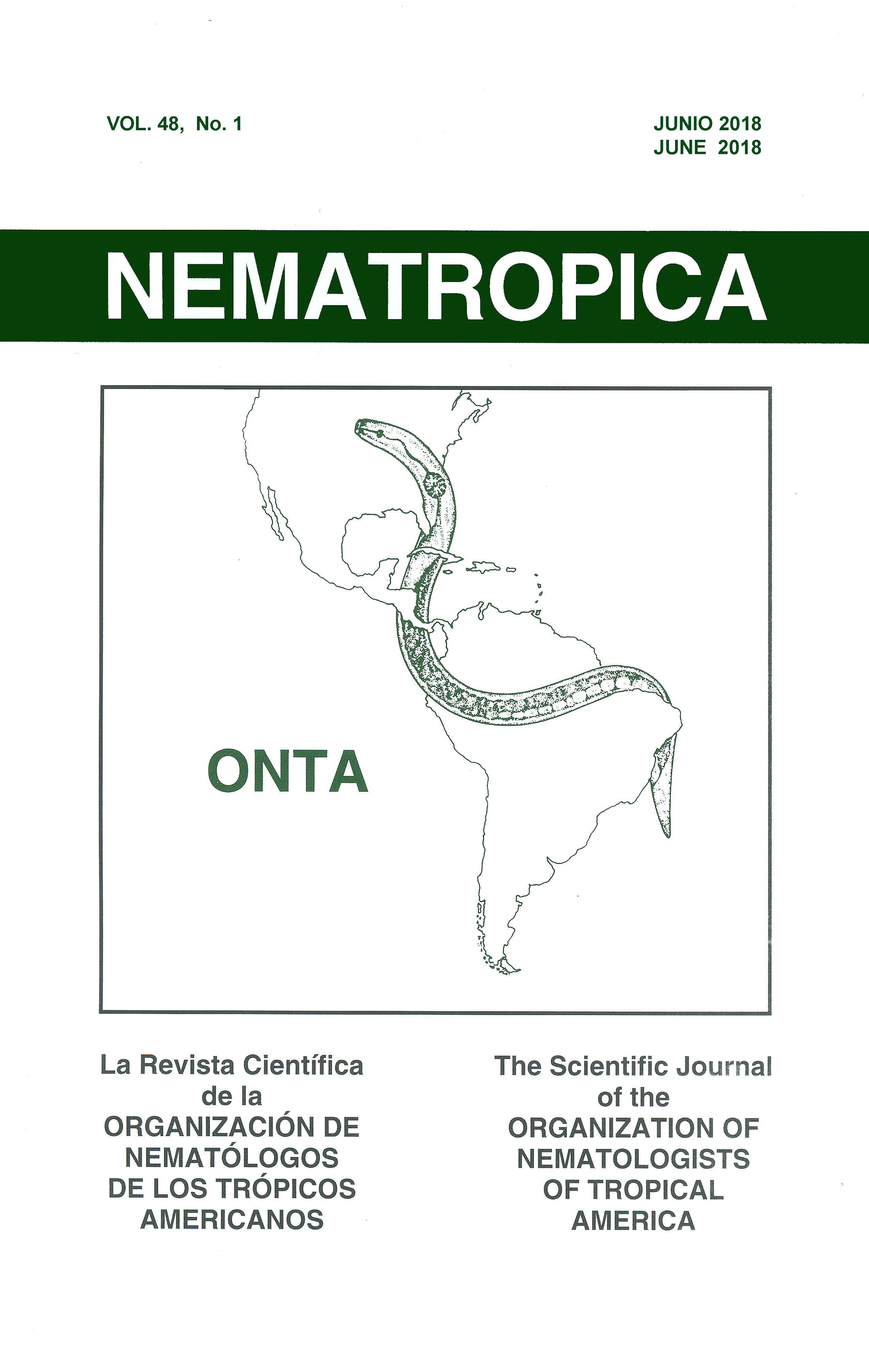BIOLOGICAL CONTROL OF ROTYLENCHULUS RENIFORMIS ON SOYBEAN BY PLANT GROWTH-PROMOTING RHIZOBACTERIA
Keywords:
Bacillus, PGPR, plant growth-promoting rhizobacteria, reniform nematode, Rotylenchulus reniformis, soybeanAbstract
Rotylenchulus reniformis is the primary economic nematode pathogen of cotton and also causes significant economic losses on soybean production in the southern region of the United States. Two plant growth-promoting rhizobacteria (PGPR) strains, Bmo3 (Bacillus mojavensis) and Bve2 (B. velezensis), previously reported to reduce Meloidogyne incognita population density on cotton, were evaluated for potential biocontrol of R. reniformis on soybean in greenhouse and field trials. In greenhouse trials, strains Bmo3 and Bve2 significantly reduced total numbers of R. reniformis eggs at 45 days after planting (DAP) compared to the untreated control (P ≤ 0.05). Strain Bmo3 significantly increased soybean plant biomass (shoot fresh weight and root fresh weight) at 45 DAP compared to the biological control product Poncho®/Votivo® (Clothianidin plus B. firmus I-1582) (P ≤ 0.05). In soybean field trials, strain Bmo3 significantly reduced R. reniformis eggs/g root at 45 DAP compared to the untreated control (P ≤ 0.05). Strain Bmo3 also had a statistically equivalent level of eggs/g root as the chemical standard abamectin (P ≤ 0.05). Soybean yield was statistically similar among all the treatments over the two trials. PGPR strain Bmo3 showed biological control potential for R. reniformis on soybean.

